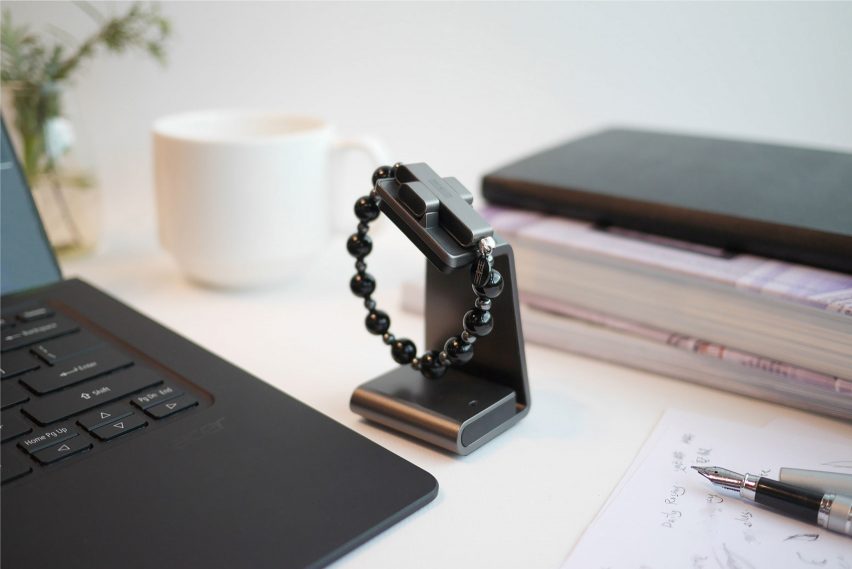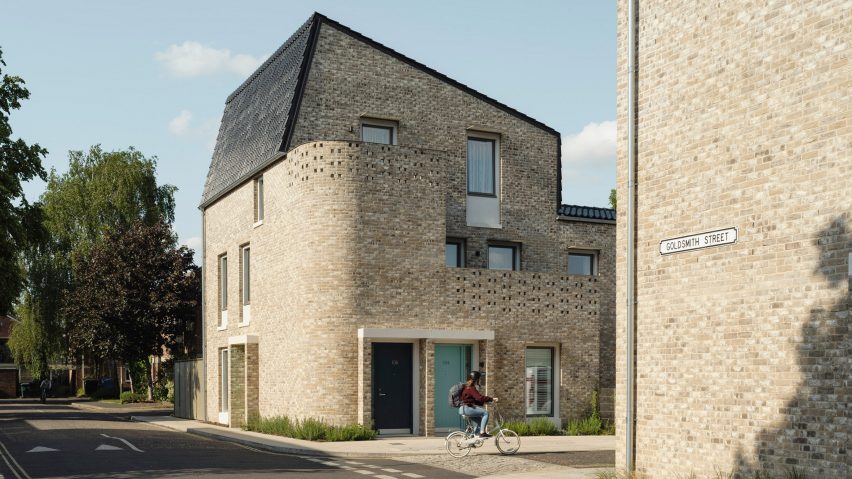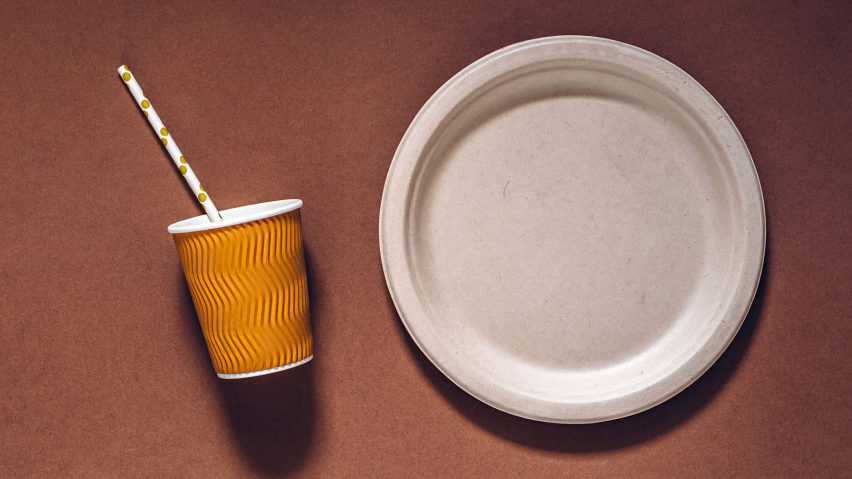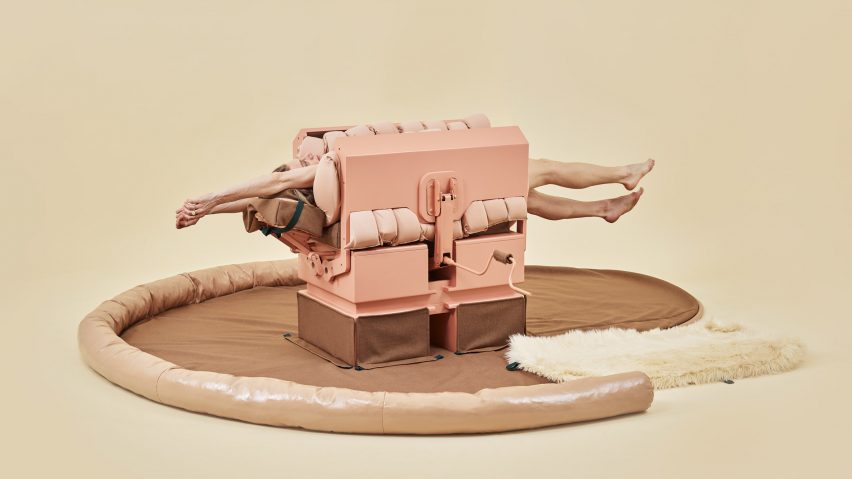
"I presumed that 'Pope' was some new hip, high-tech designer"
In this week's comments update, readers are suspicious of the intentions of wearable praying technology and in agreement that sustainable design terminology needs more scrutiny.
Like a prayer: the Vatican is embracing wearable technology with the launch of its Click to Pray eRosary, which aims to help users quantify their prayers and monitor progress.
"They should name it the 'Pray-bit'," D advised. "Now the local priest can track your location anytime, anywhere, making sure you are praying."
Other commenters weren't sure if April Fool's Day had come early. "Is this a joke?" asked dcbzyxkji, adding: "Cheekily well-designed packaging though, love it."
"I presumed at first that 'Pope' was some new hip, high-tech designer," said Vandra. "I'm still not sure it's not a joke. Talk about something not needing a digital solution."
"Sounds like a joke," agreed pierre alain varreon, who had some suggestions for the Vatican to expand its use of technology. "Perhaps a next step will be a robotic catholic priest? How about getting email forgiveness for their sins? Or getting married after fulfilling an electronic form?"
This commenter described a more cynical possible use of the bracelet:
How popular will an eRosary be? Join the discussion ›

Zero commitments: after winning the 2019 Stirling Prize the low-energy Goldsmith Street development, Mikhail Riches told Dezeen the firm will now only work on projects that aim to be carbon-neutral. But some commenters are unconvinced the studio will be able to make this pledge a reality.
"There is patently no such thing as a zero-carbon building," stated Simon Brown. "Such pronouncements are ignorant hogwash, the only way to meet such criteria is not to build anything at all ever again."
"I think it's reasonable to assume they mean 'net zero carbon'," responded Ralph Kent.
MD also defended the studio's position. "They are obviously aware there's patently no such thing as a zero-carbon building, hence why she's calling on the government for more demanding legislation," they said. "The fact they're investigating embodied carbon too, which so few architects do, proves this isn't ignorant hogwash".
But Gerrard Coetzee remained unconvinced: "MD, this is so frustrating, what precisely do you want the government to do, what three legislations do you want changed?"
"You can basically eradicate your entire carbon footprint by telling other people how yours is so much better than theirs," agreed Joseph sarcastically.
One reader felt the studio's aims could be achieved with ease:
Are Mikhail Riches' plans feasible? Join the discussion ›

Drop in the ocean: Dezeen's editor-in-chief, Marcus Fairs expressed concern over the design community's misuse of terminology relating to sustainability and reduction of ocean plastic. While commenters tended to agree, his opinion opened up debate amongst commenters over where the plastic problem lies.
"Finally... an unambiguous discussion of the 'moral dilemma' at the heart of the design profession," began Sue E Reynolds. "We are busy designing and building stuff, lots and lots of stuff that is degrading the earth."
Geoff Isaac had a suggestion: "To add to the complexity I suggest environmentally conscious designers and manufacturers need to consider a full lifecycle assessment of any material claiming to be a bioplastic – where did the material come from and how will it end its life?"
"The key is to try and have less stuff in the first place," explained Ian Byrne. "And for the stuff that we do have to be as long lasting as possible - and ironically, this sometimes means that plastic is a better bet than natural materials providing it is used many many times before disposal"
D. Bancroft however does not see design as the problem, stating: "All responsibility lies with the consumer. Bad or harmful designs only survive with consumer support."
This commenter had high hopes for the debate:
What is the solution for the climate change crisis? Join the discussion ›

Gateway hug: craving intimacy? Artist Lucy McRae has created a machine she calls the Compression Carpet, which attempts to improve a potential future where technology has a big impact on people's mental wellbeing, by offering mechanical hugs.
"I am guessing this is an intentionally provocative piece, asking questions about how we live today and our increasing isolation in the digital world?" asked Christopher. "My initial reaction was, however, I suspect the same as most people's: No! This is scary and so wrong!"
Delbert Grady also saw a sinister side to the contraption: "At first glance, I totally mistook this for some kind of architectural collaboration with the directors of Saw."
"Yes, the first word that comes to mind when I see this is 'comfort'," joked james.
Other commenters pointed out that there are other solutions to a lack of intimacy. "Can you not just get whoever is supposed to operate the thing to give you a hug?" questioned Matt Waring.
"If there is a shortage of human contact this makes it worse. Go hug somebody," instructed Doug Lough. "With this mechanical hugger and a silicone sex doll and intravenous feeding tube and your phone to control it all, no need for any human contact at all."
The images made this commenter hungry:
Would you like a mechanical hug? Join the discussion ›